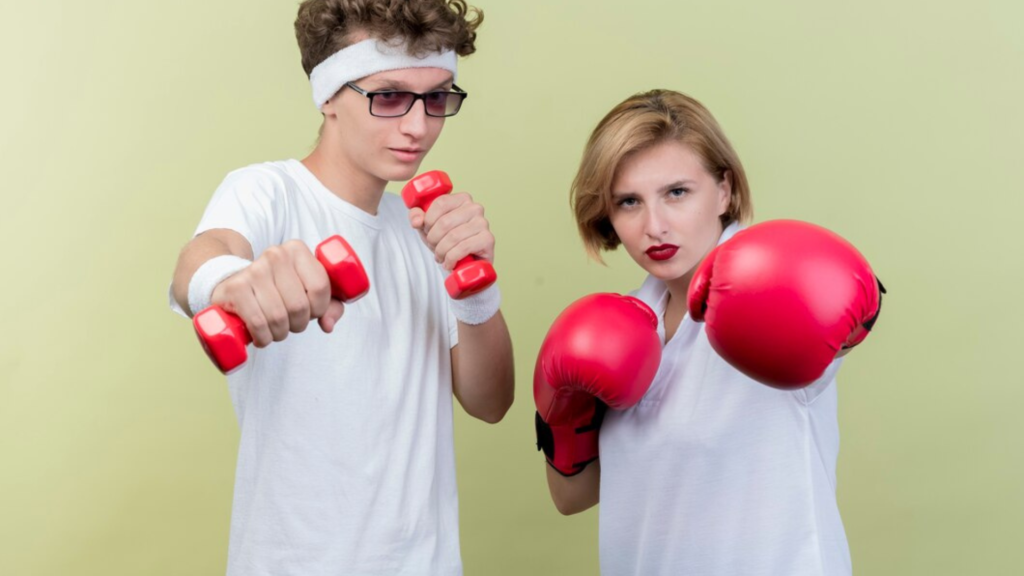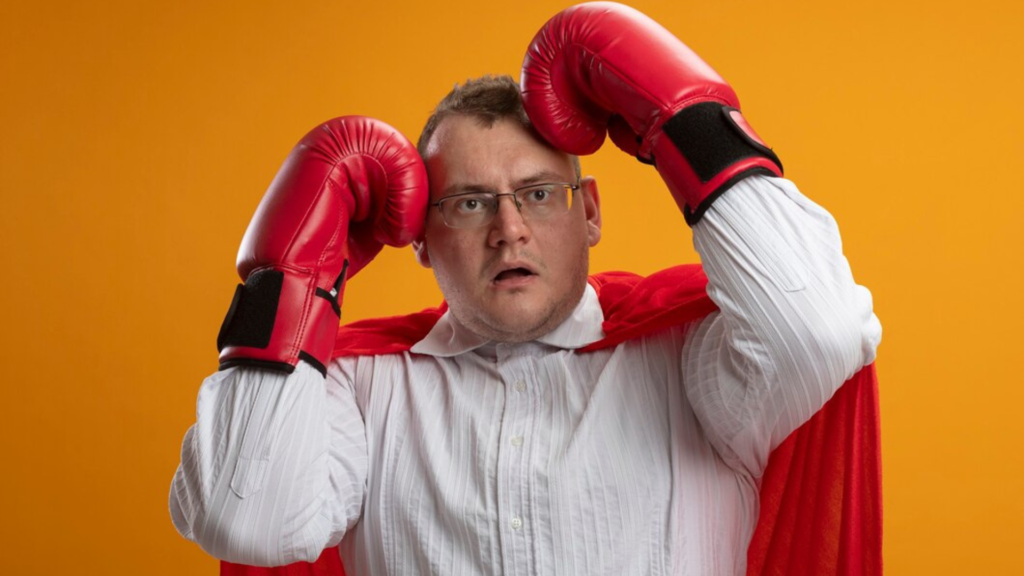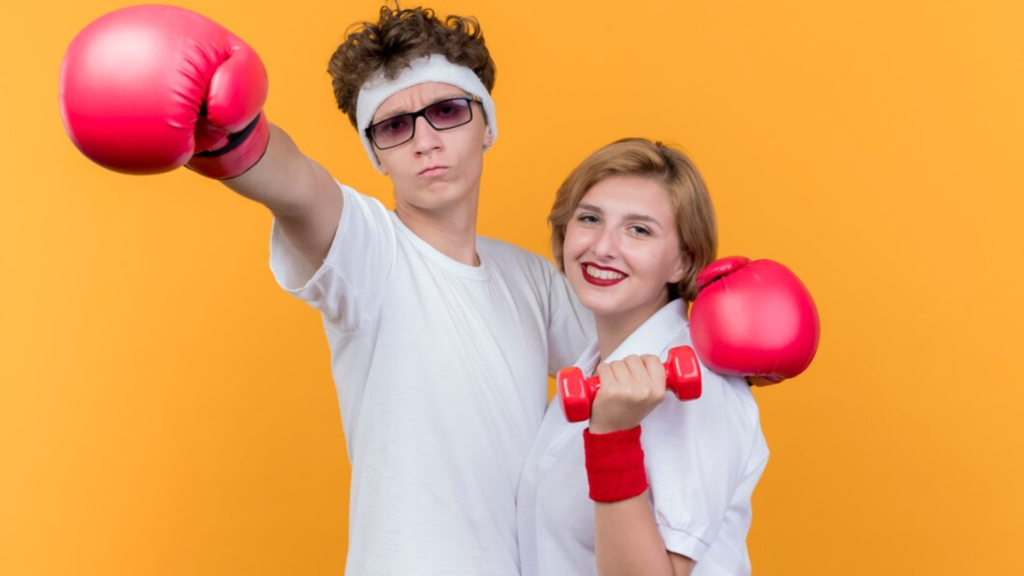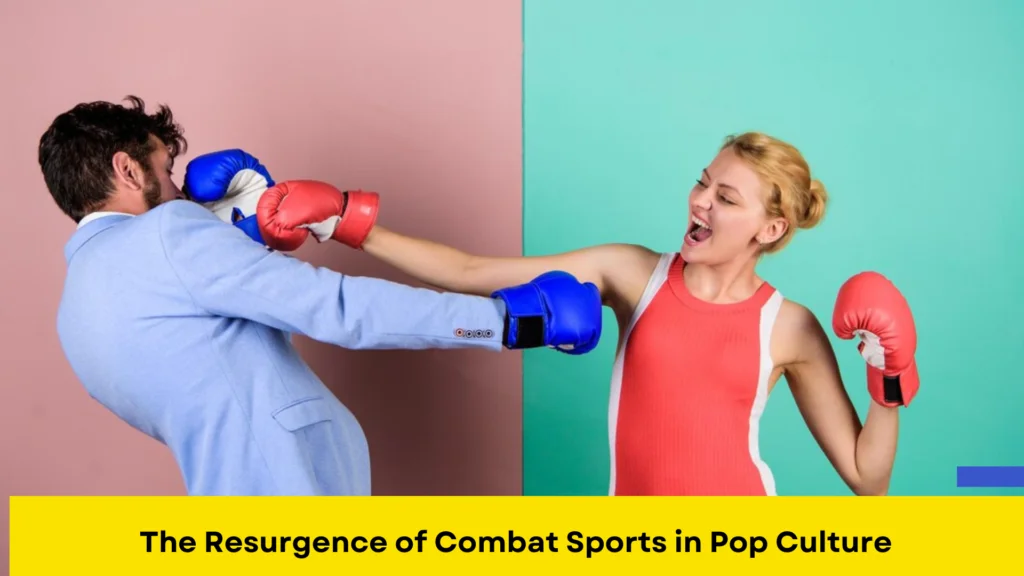The question for this chapter is how the sports practices that the respondents investigated, which put them in a safe in-group, enhance the independence of the young male subgroups in urban working-class areas and keep the racial and class differences that these students face. The responders’ bodies, on the other hand, show signs of ethno-racial supremacy. The resurgence of combat sports fosters friendships and growing masculinities that make them feel good about themselves.
Of course, there are disparities, tensions, and internal conflicts amongst young people from the working class, such as between those who are established and those who are disadvantaged, those who are in projects and those who are not, and so on. The racial (in the US) and socio-spatial segregation that it has with its own manner of being unified as an insular is what makes it so unified. There are divides within the group, but confinement—which is far more significant in the United States—could potentially be a resource.
Social cohesion and team spirit

They help keep these groups apart from outside judgments and punishments, and they are very popular in this local sports organization. Some of these groups, especially their coaches, as well as practitioners with the most experience and dedication, do a lot of symbolic work to help the group come together. They show visible signs of social integration and, more importantly, they stop exercising power by leaving and giving the people interviewed space and time. People from all over the world, as well as people in the area (neighbors, minor government officials, police officers, etc.), say that these activities can’t happen without being part of the group’s paradoxical processes of sorting, dividing, and judging. They can also provide these kids a social and racial identity.
The main thing that makes the responding group independent is that they have created an in-group where they can defend themselves and accept their social and cultural identities in a safe place where they can be themselves. They can employ their ideas about social division and vision, which are a little different from those of the groups they want to be like. This area is unfair to real taste judgments and, to some extent, to the symbolic power of the top, middle, or upper classes and the bottom, especially the most outlying parts of the working class (the slime, the dealers, the social cases, etc.).
“Resisting” domination through sport

This non-dependency, which they are about to put into action as a search for dominated differentiation, will probably happen to some extent in the world of sports. As we will see, it has some strange implications. This is especially true because they have so many resources at their disposal. It means more than just the official hierarchy of federations and competitions; it also means solidarity and unity inside the club.
The champion is the one to look up to, the one to copy, and the one that all the practitioners want to be like. This copying makes people feel like they are part of a group, and it is the basis of bodybuilding, especially boxing. As we have seen, the behaviors we just spoke about are classifying, hierarchical, and entail some sort of rivalry amongst the people who do them.
Building self-esteem

This is true for hammering as well. Ironically, this is the same group that will push its members to go to the gym and practice for a long time, but they are also the ones who put up with the gym’s hierarchy and hidden group cohesion. It is vital to think about the repercussions of this speech and actions, which were clear. Even while the conventions and crazy kinds of individuality of the dominant culture have taken over today’s working-class communities, the respondents still use the collective and popular mode of socialization.
These young people’s gyms are places where they get cultural capital that isn’t real because it’s not widely accepted outside of their neighborhood, isn’t recognized by the school, and promotes customs that are very different from those of the upper classes and may not be real by dominant standards. Bodybuilding and combat sports are partly individualistic, hierarchical, and categorical activities in which people fight together and work on their muscles to make them seem better in order to develop effective fighting or deterrence skills.
Conclusion

These practices are also moral because they control actions and behaviors. But they are also shared practices because they are institutionalized, happen in groups, and help practitioners get to know one other better in the halls. It’s true that the social-sport exchanges that happen are based on categories and hierarchies. But separating bodybuilding and boxing work helps establish a sense of community among instructors and athletes.
Because Thai boxing involves more physical contact during training than bodybuilding, which uses the same processes of learning, those who do it are more likely to stick with it. Because of this, practitioners get better at both sports and socializing. Even if there is a hierarchy and some types of competitiveness, the responders, even the boxers, have shown a willingness to practice together when they are motivated, stimulated, and want to copy each other.
